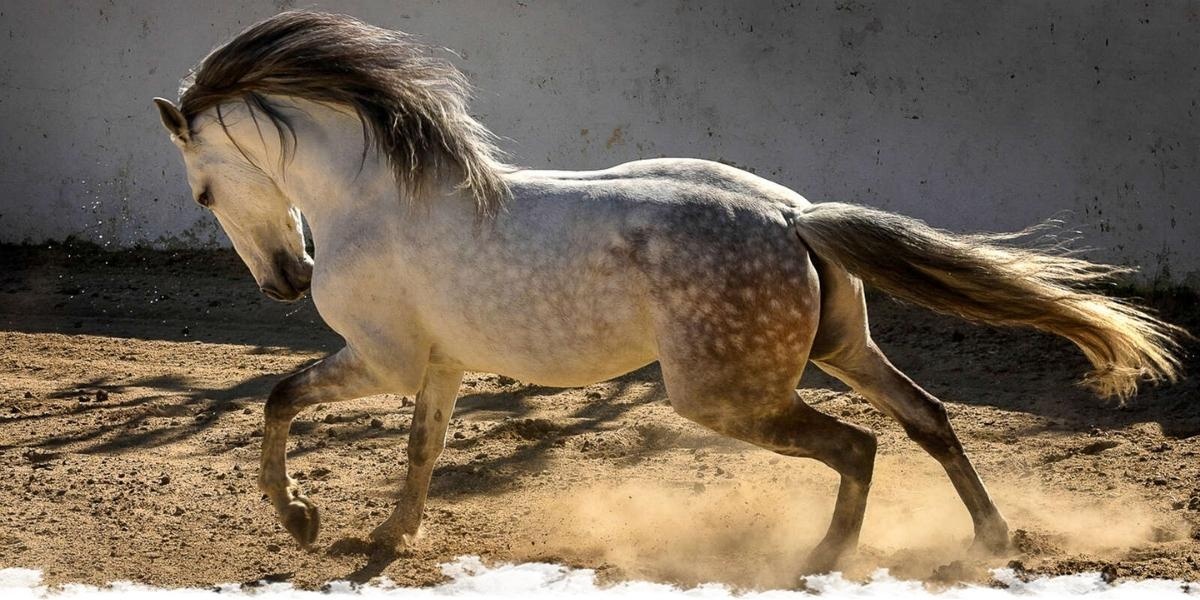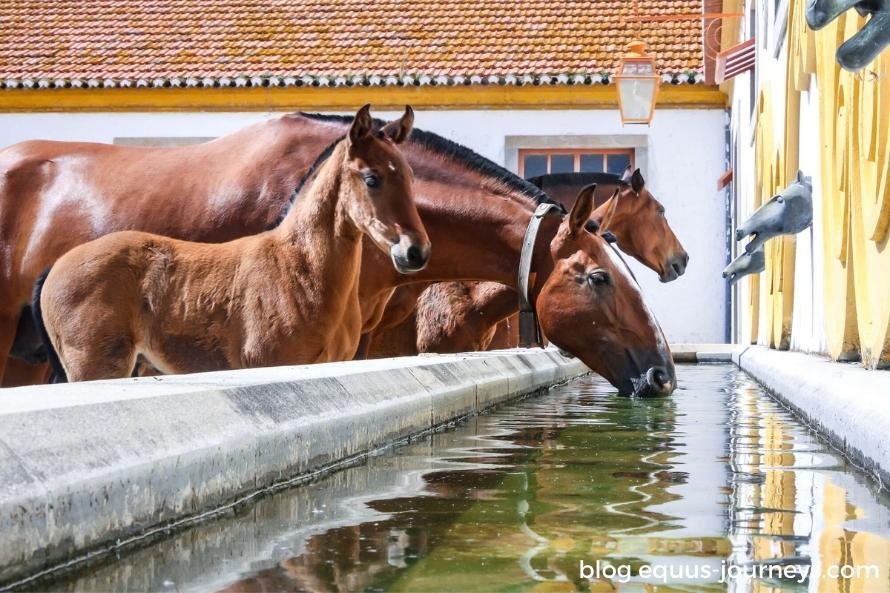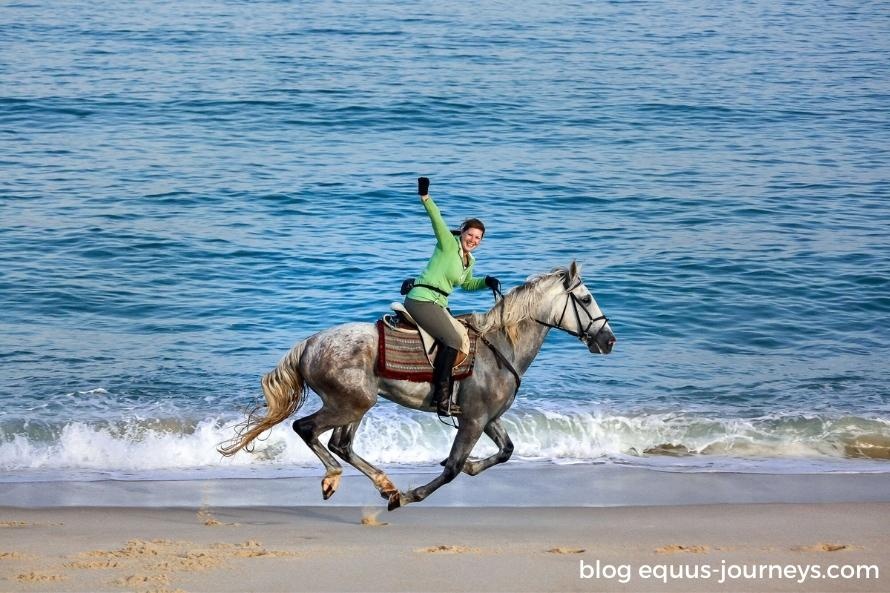
The Lusitano Horse
The Lusitano is one of the oldest saddle horses
in the world and a guest favourite on our riding holidays in Portugal.
To understand the breed, and the devotion of
the Portuguese for this horse, one must grasp how the history of the land, the
people and the horse are intertwined. In this blog post we will highlight some
meaningful chapters of this breed’s history that helped shape Portugal, and
discover the “New World”.
Origins of the Lusitano
Portugal is
located in the far west coast of the Iberian Peninsula: an area that has historically
been isolated from the rest of the world, primarily due to its geographical
disposition. This allowed the horses to develop and evolve nearly fully without
outside influences for around 15 000 years.
Drawings of
horses with remarkable similarities to the modern Lusitano were found on the
Escoural Caves of Alentejo, in Portugal, and further research leads experts to
believe they date back to 1700 BC. By 800 BC, the horses from the Iberian
Peninsula were the preferred warhorses of the Romans, so much so that they
established stud farms of their own to provide mounts to their military
campaigns.
Portugal became a country on the 24th
of June 1128, the date of the Battle of São Mamede. Afonso I proclaimed himself
Prince of Portugal and shortly became King. The Iberian horse was consequently nominated
the “Royal Horse of Portugal”. Later on, it also became the star of the Baroque
age, favoured by most European kings and generals who saw their military
potential.
Later on, during the reign of Philip III
of Portugal (also Philip IV of Spain), Portuguese horse breeding reached its
lowest point. The Spanish passed laws to halt the country's production of
cavalry horses, and the stud farms that existed in Portugal were run in secrecy,
with horses smuggled or stolen from Spain. These secret farms, however,
provided the base for the modern Lusitano.
In 1989, the
APSL (Portuguese association of breeders of Pure Blood Lusitanos) was created.
All the existing pedigrees were entered into the APSL system and the stud book
was closed.

Temperament & Characteristics
The Lusitano is not a typically large horse, standing on average
at 15-16 hands. Its head is well proportioned, of medium length, slender, with
a slightly sub convex profile and a slightly domed forehead. His eyes are
lively, and confident. The ears are of medium length –fine and
expressive. The neck is also of medium length, with a deep and muscular
chest. The side is well developed: extensive and deep with arched ribs.
These horses come in a wide variety of solid colours the most common being
gray, and bay.
Overall, Lusitanos are known for their endearing personality.
They are quite gentle and friendly horses which make them a good match for
riders of any level. As they are a versatile breed, you can spot them across
multiple disciplines; however dressage is the one where they tend to stand out
the most. They are very frequently used on our trail riding holidays in
Portugal and of course, on dressage holidays as well!

Did you know?
The early partnership between the Iberian
human and horse was celebrated in sculptures, paintings, and literature dating
back to the 8th century. Legend has it that this bond between the
Iberian horse and rider was the initial inspiration for the Greek legend of the
Centaurs, the mythological creature that portrays the combination of the human
and horse as one single creature.
Discover more about this ancient breed
and how they thrive in the Portuguese countryside on one of our riding
holidays. Please check the “Portugal” section on our website to find out more about
the horseback experiences that we offer.
More information
To find out more about our rides, please visit our website.
You can also contact us directly at info@equus-journeys.com or give us a call on +44 (0)1905 388 977
